Maud Lewis’s Painted House n.d.
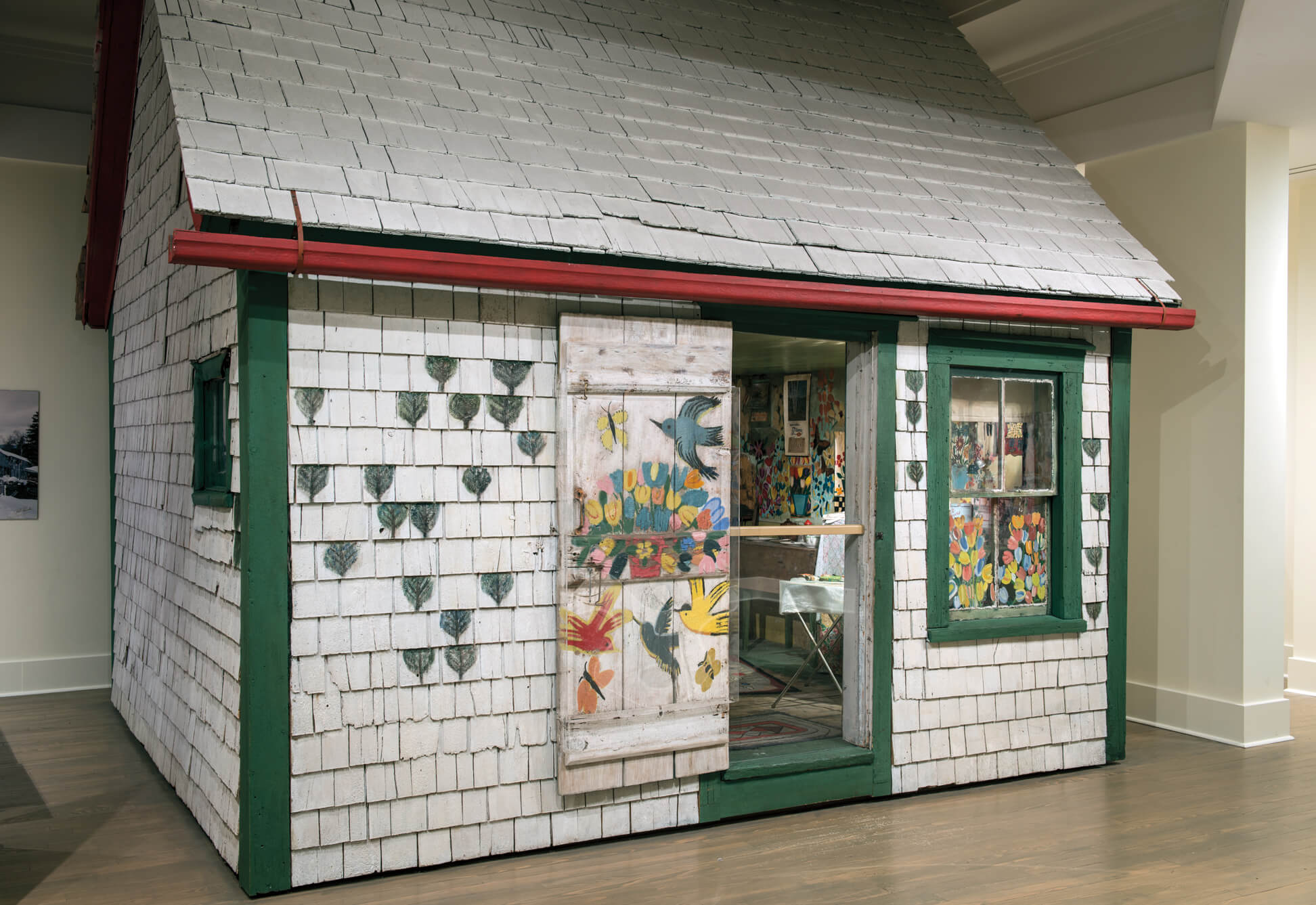
Maud Lewis, Maud Lewis’s Painted House, n.d.
Mixed media, 4.1 x 3.8 m
Art Gallery of Nova Scotia, Halifax
Maud Lewis is unique among Canadian artists in that her home has become her best-known work of art. This small dwelling, which doubled as living and working space for Lewis and her husband Everett, was transformed by the artist over the years into a three-dimensional version of the bucolic subjects of her paintings. From the small corner where she set up the television tray that she used for painting, she could look out through both the door and the single window on the ground floor. Not content with the view outside, she painted colourful tulips on the window, and covered both the interior door and the exterior storm door with birds, butterflies, tulips, and other flowers.
Inside the house she painted two pairs of black and white swans—not sights one might expect to see in Digby County. Where the interior walls were not covered with brightly illustrated calendars, she created her own wallpaper. Even the stair-risers were decorated with bunches of blue forget-me-nots. The warming oven of the cookstove was painted. So too were canisters, the dust-pan, trays, and the breadbox. And not just painted once—over the years she painted and repainted the walls, furniture, and objects as the colours faded or were effaced by the weather, the heat from the stove, or simple wear and tear.
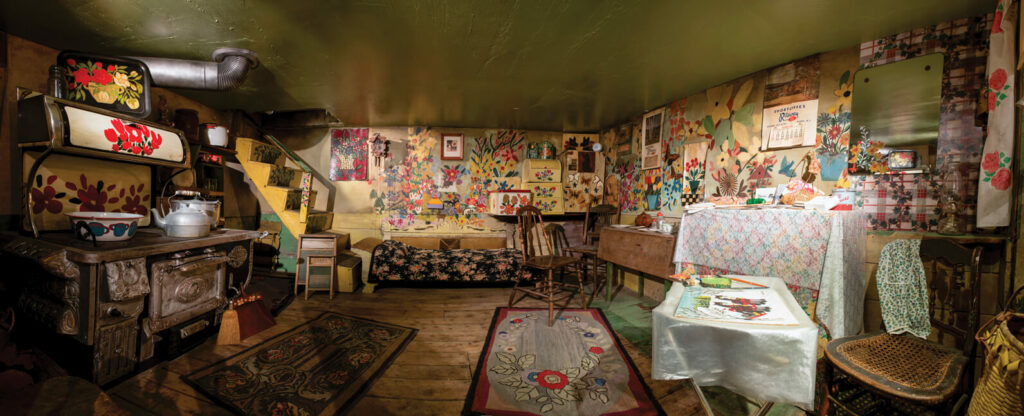
This near-obsessive attention to the decoration of her living space adds an interesting note to our thinking about Lewis’s painting. That she painted to make a living is uncontestable—the demands on her production meant that she spent more and more time painting images that were requested by customers, rather than the images she wanted to paint. But there was no profit in painting the interior of the house; in fact, by the mid-1960s there was little profit in selling to drop-by visitors. Far from seeing her painted house as an advertisement or enticement to stop and purchase her works, in 1964 she had Everett take down her “paintings for sale” sign.
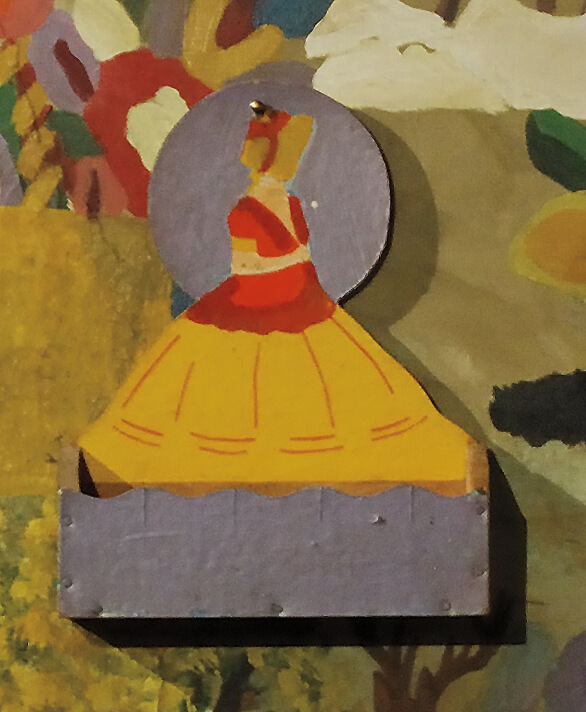
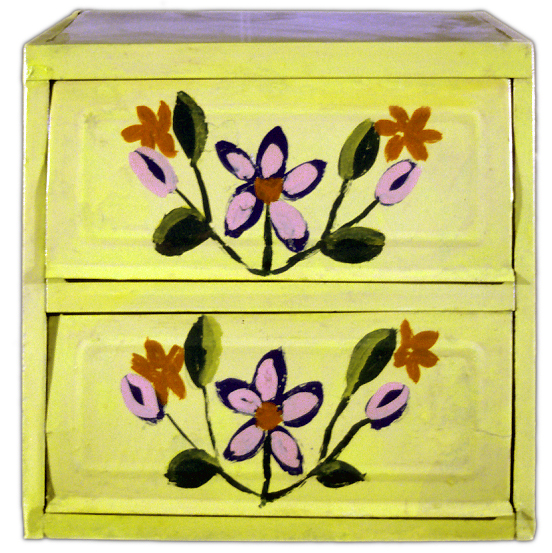
The house, perhaps, represents the one place where she could express her own creativity, and where we can see what she liked looking at. There is a randomness, a certain exuberance, in the way that the birds and butterflies seem to “flutter” on the storm door, or the big, bold floral patterns that she painted on the breadbox and warming oven, that suggests she may have felt constrained by the popular images she was making with such regularity. In the house—in her studio—she could be what she always denied being: an artist, with the building itself as her canvas.
Lewis moved into the house with Everett after their marriage in 1938, and over the thirty-two years that she lived there she transformed it into a work of art. Everett’s house, his proudest possession, had become Maud’s finest creation. After her death in 1970, Everett made some changes, perhaps attempting to mark it, again, as his. He sold the painted storm door that was so iconic, for instance, painted the roof and gutters, and even decorated some of the outside shingles with small evergreen trees. But he left the interior alone, the painted walls, furniture, household items, windows. Maud’s presence was still visible there.
Everett never did maintain the house to any great standard, and that neglect only intensified after his wife’s death. But while he lived, the house at least remained livable. As iconic as it had become, and as beloved as it was in Digby County, that delicate balance was upset by Everett’s death and the house soon fell into disrepair. A group of local citizens had hoped to take on responsibility for the house, and in the spring of 1979 they founded the “Maud Lewis Painted House Society.”
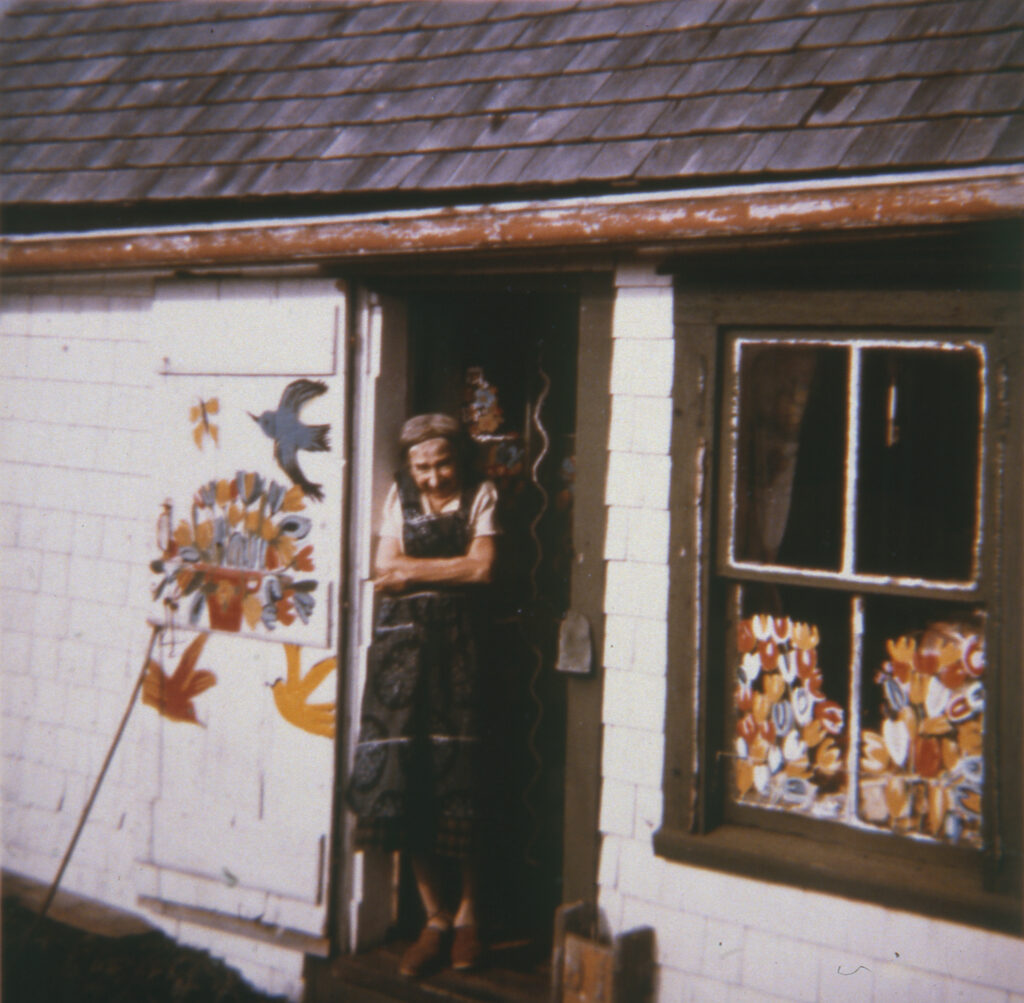
The house was sold to a local man by Everett’s estate in 1979. In 1980 it was acquired by the Society, whose members intended to repair it and open the house as a museum. The costs and logistics proved to be beyond their abilities, however, and the province of Nova Scotia acquired the house in 1984 and put it under the care of the Art Gallery of Nova Scotia. After storing the house for ten years, the gallery began extensive conservation efforts in earnest in 1994, culminating in the house’s unveiling in its current home in Halifax. The house, built and rebuilt by other hands than Lewis’s, stands now as her greatest work.

 About the Author
About the Author
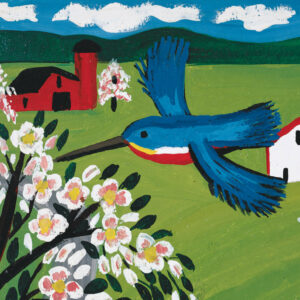 More Online Art Books
More Online Art Books
 Acknowledgements
Acknowledgements